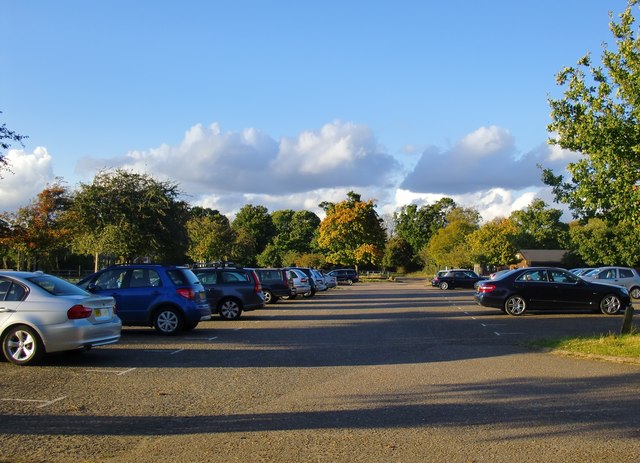Busting Myths About Reverse Parking
The reverse parking is a tricky business in a notion that enjoys wide appeal. Such is the anxiety attached to it that it is the stuff of nightmares for many. The fact is, reverse parking is one of the safest ways to park a vehicle but myths about reverse parking’s difficulty persist.
Let’s look at some of the myths about Reverse Parking:
Myth#1: It requires exceptional skill
Reverse parking requires the drivers the ability to imagine objects in places other than their actual position. Bad spatial skill can be jeopardized, especially when it involves parking a car in reverse gear. However, it is absolutely untrue that this skill cannot be mastered with practice. Just like mastering driving comes with dedicated practice, so does reverse parking.
Also Read: Myths About Automated Parking
Myth#2: It is confusing
Reverse parking takes more time than forwarding parking and may temporarily disrupt traffic in a parking lot. But if done properly, it can go a long way in preventing collisions and damage caused by a car parked in forwarding gear pulling out of the spot.
Myth#3: It disrupts traffic flow:
When a parking lot is busy, it is tempting to forward park in the first available spot since this means less disruption to the traffic. But this means that leaving the spot will be an uphill battle and waste more time. Moreover, trying to pull out into unknown traffic is more dangerous than reverse parking in a clear parking stall.
Myth #4: Reverse parking is unsafe:
Many motorists feel that reverse parking is unsafe for both pedestrians and other vehicles. However, reverse parking is safer since the driver enters a known space with no traffic and is able to get a proper view of the surroundings when leaving as opposed to facing unknown traffic. In forward parking, a driver’s view is also blocked by the surrounding cars, which increases blind spots.
Benefits of reverse parking
Reverse parking reduces the chances of theft as offenders now have little space to move around and prise open the boot of the car. Also, in the event of a technical glitch or when the tail light or the indicator has been mistakenly left switched on, it is more convenient to access the car bonnet and the driver’s seat when parked in reverse.
Reverse car maneuverings and nine-point turns consume more fuel when the engine has just been revved up. Pulling out a car in reverse gear with a cold engine consumes more fuel in the first few seconds than a running engine, thereby increasing not only the overall fuel consumption but also wear and tear of the engine.
As a motorist, you need to stay aware of your surroundings and exercise caution while parking. Data shows that not all accidents occur on open roads by speeding vehicles. Accidents in parking lots are a common phenomenon and can be averted by exercising diligence and a few extra seconds of carefulness.


